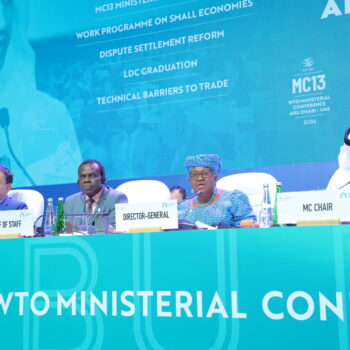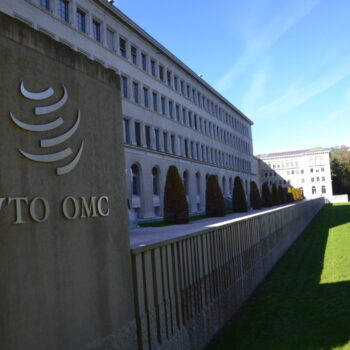Deepened regional cooperation has been identified as a key step towards delivering Europe’s energy, climate and security objectives within the Energy Union framework. Making the North Seas Offshore Grid a key building block of Europe’s Energy Union is a critical step for turning this vision into a reality at the lowest cost possible.
Within the new Energy Union framework Energy Ministers of the North Seas region have the opportunity to provide the necessary political mandate for a renewed North Seas Offshore Grid regional initiative in order to strategically plan against future grid and power needs, coordinate implementation, and set up the investment mechanisms to overcome the existing financial concerns.
The challenge is within the ability of Governments to overcome. The scale of the opportunity has been widely recognised by technology developers, energy companies, industry associations, grid operators, civil society organisations and politicians (see industry letter attached and cross-party pamphlet here). They call on Energy Ministers to endorse the North Seas Offshore Grid as a key focus for enhanced regional cooperation as part of Europe’s Energy Union.
Without a shared regional strategy Governments will fail to deliver the estimated €100 billion over the next 15 years if current national approaches continue. Energy Ministers should therefore agree on and define a strategy with clear objectives and delivery mechanisms in order to tackle the existing policy and regulatory risks and lower the cost of capital. A similar approach could be replicated in the Iberian Peninsula, the Baltic region, and South East Europe.
What should happen next
Energy Ministers should discuss a proposal to agree on a legal framework in the form of an Intergovernmental Agreement that defines a shared North Sea electricity strategy during a Ministerial meeting convened by the North Seas Countries’ Offshore Grid Initiative (NSCOGI) under the 2016 Dutch Presidency. Similarly, they should discuss the establishment of a multi-country Investment Platform for the North Sea in order to increase the visibility of the project pipeline, to attract private and institutional investors, and to enable a lower cost of capital.
A special ‘project team’ of 3-5 high-level individuals could be built upon NSCOGI and appointed to broker a North Sea’s Intergovernmental Agreement on key aspects of grid development, market design and finance.
1. Legal framework for strategy coordination and regional network development
The Intergovernmental Agreement should be based on a shared regional strategy that:
- Sets clear objectives for the exploitation of offshore wind resources and for the regional development of offshore grid and interconnections in the Northern Seas;
- Establishes a new regulatory institution with oversight of regional network design and authority to evaluate and approve future investment plans. This could be a new cooperative of regional regulatory authorities or be part of an expanded role for ACER, but it should be independent of transmission and generation ownership interests. All plans should be in line with the agreed EU 2030 climate and energy framework, the Roadmap 2050, and associated governance mechanisms.
- Sets new market rules that facilitate trade in variable power supplies across interconnected markets through establishing a ‘North Seas renewables free trade zone’. Offshore renewables would be able to freely trade across borders on equal and transparent terms across any of the participating countries. This would enable offshore renewables to be located in the most cost-effective locations and for the power generated to be dispatched to where the demand is highest. It would also enable significant cost savings from optimised grid infrastructure.
2. Financing through a Special Purpose Vehicle
The North Seas Grid project team should create an Investment Platform in the form of a Special Purpose Vehicle for the North Seas Grid. Such a structure should enable lower cost of capital through higher visibility and the scaling up of projects. It would also attract both private and public investment and enable to overcome TSOs’ organisational capacity limits and balance sheet constraints. The project team should broker appropriate guarantees, for example through earmarking 20% of the granted EFSI’s guarantees for offshore electricity infrastructure, in order to mitigate policy risks. It also needs to establish mechanisms for the allocation of cost and benefits for new electricity networks, recognising that in a regional grid certain ‘anticipatory’ investments will have to be made in the expectation of future long term needs.


